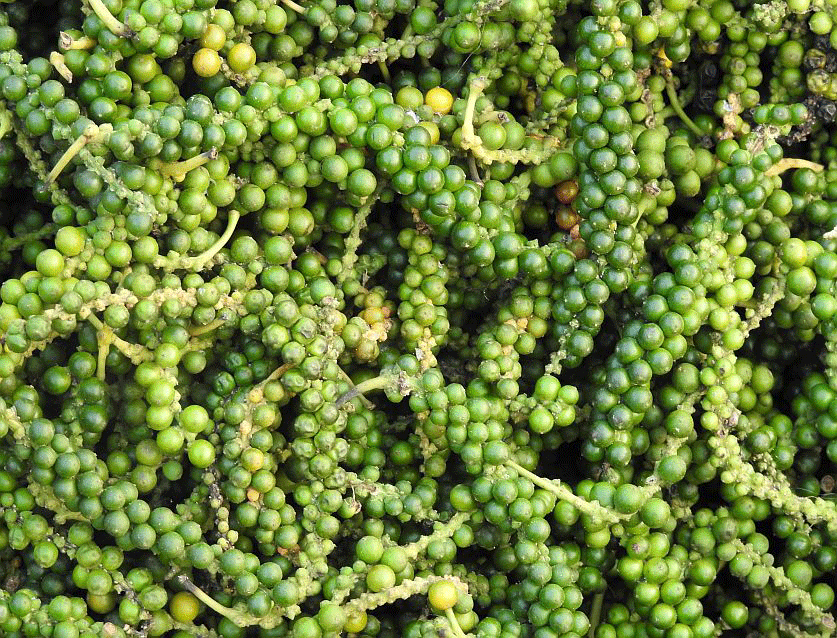Component 1 - Inventories and Mapping of Bioresources in Northeast India
This component will undertake quantitative assessment and systematic mapping of the diversity in flowering and non-flowering plants (bryophytes, fungi, pteridophytes, diatoms, algae), selected insects (wild bees, honey bees, cicadas, dung beetles, ants) and non-marine molluscs (land snails and freshwater molluscs) across all the seven states of Northeast region including Sikkim using grid based sampling approach.
Silkworm, edible insects and other biological resources used by local communities will also be quantitatively assessed and documented following standardized sampling protocols.
This program would further curate, organize and archive the data thus obtained for testing a range of hypotheses concerning patterns of species richness, abundance, rarity, endemism, evolution and maintenance of biodiversity along with monitoring the impacts of climate change and human use on biodiversity.

Component 2: Integrative Taxonomic Analysis for Assessment of Diversity and Phylogenetic Relationships among Selected Understudied Taxa of Northeast Region
This component will investigate the determinants of demographic changes and population genetic structure in the native and wild species of selected group of species (Cucurbits, Citrus, Gingers, Lauraceae, Prunus, Oaks and Beans) with widespread ecologies and geography in Northeast India through comparative phylogenetic and phylogeographic methods.
This program will help resolve the taxonomic relationship, establish regions of diversity, phytogeography and also contribute to identifying elite genotypes of the economically important species groups.

Component 3: Assess the economic value of bio-resources and their role in meeting the societal needs and sustainable development goals
The goal of this proposed component is to bring together bio-resource specialists and economists to work with a range of local stakeholders to assess the economic value and present status of ecosystem services in Northeastern region.
The program will also identify interventions required to enhance the value to society (regional, national and international) of five key ecosystem services: fresh water, carbon sequestration, recreation, fisheries, and non-timber forest products (NTFPs). Further, efforts will be made to facilitate interactions between an interdisciplinary group of researchers and the region’s policy makers to provide maximum benefits to the people by mainstreaming the activities through appropriate polices.

Component 4: Biodiversity-based Livelihoods
The activities under this component would involve developing methods and tools for sustainable harvesting of selected plant resources (Coptis teeta, Piper longum, Zanthoxylum armatum, Kaempferia parviflora, Alpinia galanga, Gaultheria fragrantissima) and their integration with other plantation programs. Further, the program also aims commercialization of selected ethno botanical bio-resources to yield health care products and sharing the benefits with the communities.
This component would also help in capacity building among the communities for non-agriculture use of biodiversity.




